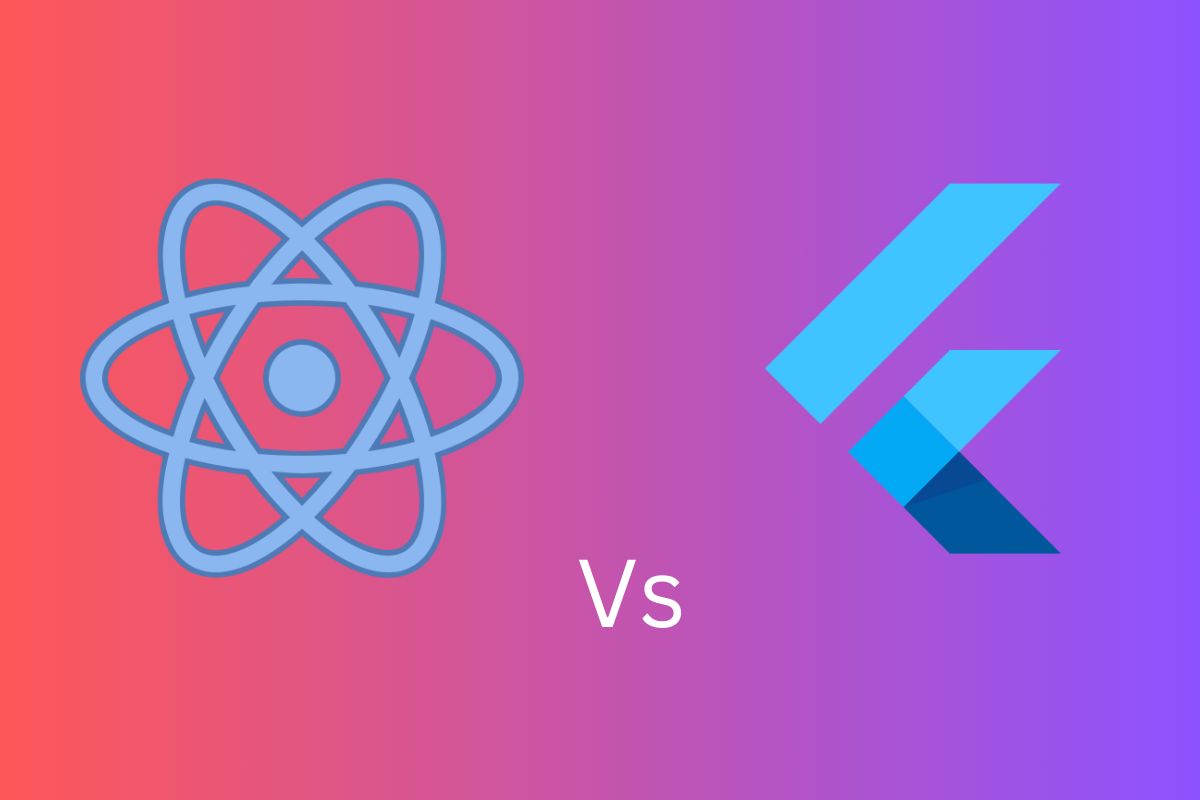In 2025, the rivalry between React Native and Flutter remains at the forefront of mobile app development. Both frameworks are powerful tools for creating cross-platform applications, but choosing the right one for your project depends on their performance, ease of use, and platform compatibility. This article dives deep into the debate of React Native vs Flutter 2025, helping you determine which framework is the better fit for your needs.
Key Comparisons:
1. Performance
When comparing React Native vs Flutter in 2025, performance is a major factor. Flutter compiles directly into native code, offering smoother animations and faster load times. React Native, while powerful, uses a bridge to communicate between JavaScript and native modules, which may lead to slight delays in complex scenarios.
When evaluating these frameworks, performance is a crucial factor. Flutter compiles directly into native code, offering smooth animations and faster load times. React Native, with its JavaScript bridge, has made strides with advancements like TurboModules and the Fabric Renderer to close the performance gap.
Learn more about React Native improvements.
However, React Native has introduced advancements such as TurboModules and the Fabric Renderer, which aim to minimize these performance gaps. Learn more about React Native updates.
2. Development Experience
- React Native: With JavaScript and its vast ecosystem, React Native is highly accessible to developers familiar with web technologies. Features like hot reloading simplify debugging and testing, making it a developer favorite.
- Flutter: Flutter uses Dart, a language designed for rapid UI development. While it may have a steeper learning curve, Flutter’s widget-based architecture enables seamless customizations. The Flutter Hot Reload feature speeds up the development cycle significantly.
3. Community Support
In 2025, React Native vs Flutter still shows React Native with a slight edge in community size due to its longer presence in the market. However, Flutter is rapidly catching up with Google’s continuous updates and growing contributions. Explore the React Native GitHub and Flutter GitHub communities for support.
4. Cross-Platform Versatility
Flutter stands out in 2025 for its multi-platform capabilities. Besides iOS and Android, Flutter also supports desktop and web applications seamlessly. In contrast, React Native remains primarily focused on mobile platforms, although solutions like React Native for Web extend its reach.
Why Choose React Native or Flutter in 2025?
Choose React Native If:
- You already know JavaScript and want a shorter learning curve.
- Your app relies on third-party integrations or plugins.
- You prioritize large community support and quicker prototyping.
Choose Flutter If:
- Performance is a critical requirement for your app, especially with animations or heavy graphics.
- You need a single codebase for mobile, web, and desktop platforms.
- Consistent design across devices is a key focus.
Future Outlook: React Native vs Flutter 2025
Both frameworks are set to thrive in 2025. React Native benefits from Facebook’s commitment to performance and integration improvements. Meanwhile, Flutter’s ability to unify app development across platforms positions it as a versatile choice for ambitious projects.
Conclusion: React Native vs Flutter in 2025
Deciding between React Native vs Flutter in 2025 depends on your project’s requirements and your team’s expertise. While React Native remains a go-to for JavaScript developers, Flutter’s superior performance and cross-platform capabilities make it a compelling option. Whichever framework you choose, both can help you create powerful, user-friendly mobile applications.
Do you need a professional website or app developer ? Contact here
